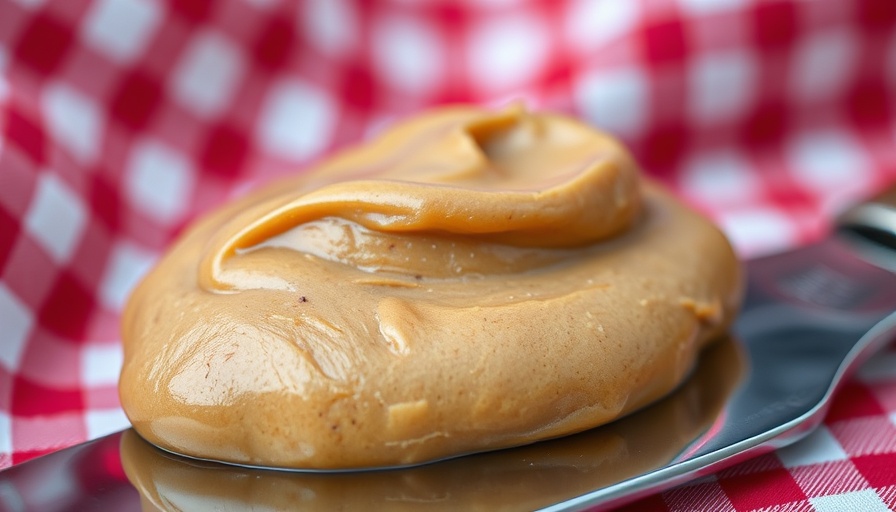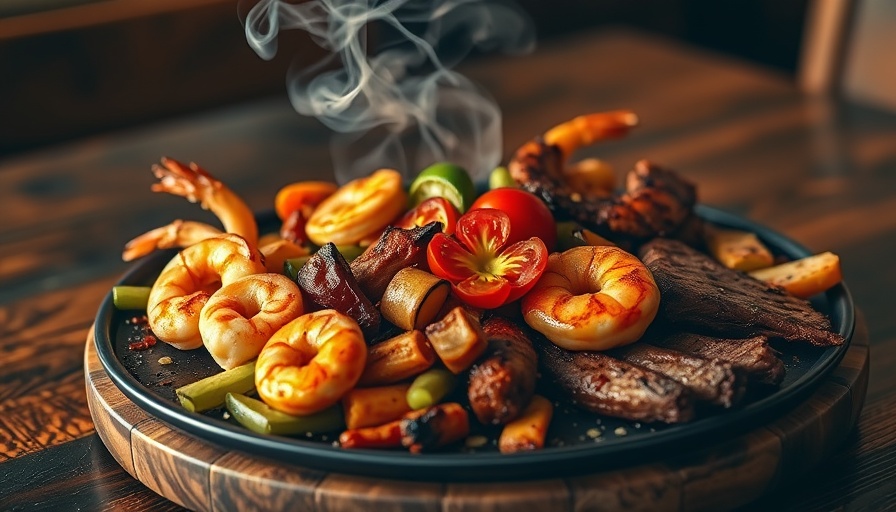
The Myth of Protein-Packed Foods: What You Need to Know
In the quest for a healthy lifestyle, many people are misled by common misconceptions about protein content in certain foods. For those aiming to optimize their diet, understanding which foods genuinely provide substantial protein is vital. While protein is key for muscle recovery and overall health, several presumed "high-protein" options might not meet your expectations.
Understanding Protein: More Than Just Grams
Experts like Sapna Peruvemba, MS, RDN, emphasize the importance of distinguishing between foods that are primarily protein sources and those that manage to sneak in a few grams. Misinterpretation can lead to disappointment — eating peanut butter while thinking it's a significant protein contributor can misalign your nutritional goals. At just four grams of protein per tablespoon, it’s much more of an energy-dense food rich in healthy fats than a protein powerhouse. Instead, consider adding it to a protein-rich smoothie or yogurt bowl instead of relying on it solely for protein intake.
A Closer Look at Commonly Misunderstood Foods
1. **Peanut Butter:** Although it's touted as a superfood on platforms like GymTok, peanut butter's protein content is not that impressive. Use it alongside a high-protein base for a well-rounded meal.
2. **Chia Seeds:** While they offer healthy omega-3 fats and fiber, chia seeds provide only four grams of protein in a two-tablespoon serving. Enhance their protein potential by soaking them in a dairy-rich liquid, which can amplify your meal's overall protein balance.
3. **Avocados:** Often hailed for their heart-healthy fats, avocados only deliver about three grams of protein per fruit. Their real strength lies in their ability to enhance the absorption of other nutrients when incorporated into higher protein meals.
4. **Quinoa:** While it contains all nine essential amino acids, quinoa's 8 grams of protein per cup pales compared to lean meats or legumes, making it a sidekick rather than the main protein source.
5. **Greek Yogurt:** Yes, Greek yogurt packs a punch with around 20 grams of protein per serving. However, that may drop significantly if you purchase flavored varieties. Always check labels to ensure you're getting the protein you need.
Enhancing Your Protein Intake: Strategic Pairing
To optimize protein consumption, consider pairing low-protein foods with those that have higher protein content. For example, enjoying your chia pudding with Greek yogurt or incorporating a protein-rich smoothie with fruits and nut butter can effectively improve your meal’s overall protein punch.
Mindful Eating: It’s About Balance
In pursuing a balanced living that values intentionality, it is essential to consider the broader nutritional profile of foods. While focusing on protein, don’t forget the benefits of fiber and other essential nutrients that contribute to a wholesome diet. Foods that may not deliver on protein can still play significant roles in your overall wellness.
Practical Insights for a Healthy Family
This conversation about protein extends to family-centered living as well. For families raising kids, knowing which foods are genuinely high in protein can facilitate better meal planning. Focus on incorporating varied protein sources — think legumes, lean meats, and dairy — to create balanced meals that support active lives.
Conclusion: Rethinking Your Approach to Nutrition
By becoming more savvy about food labels and their nutritional contents, you can make informed decisions that align with your health goals. Don't underestimate the benefits that come from a diverse diet that encourages a mix of proteins, healthy fats, and carbohydrates. As you consider these insights, think about how you can foster a wellness-oriented, family-centered lifestyle.
 Add Element
Add Element  Add Row
Add Row 



Write A Comment